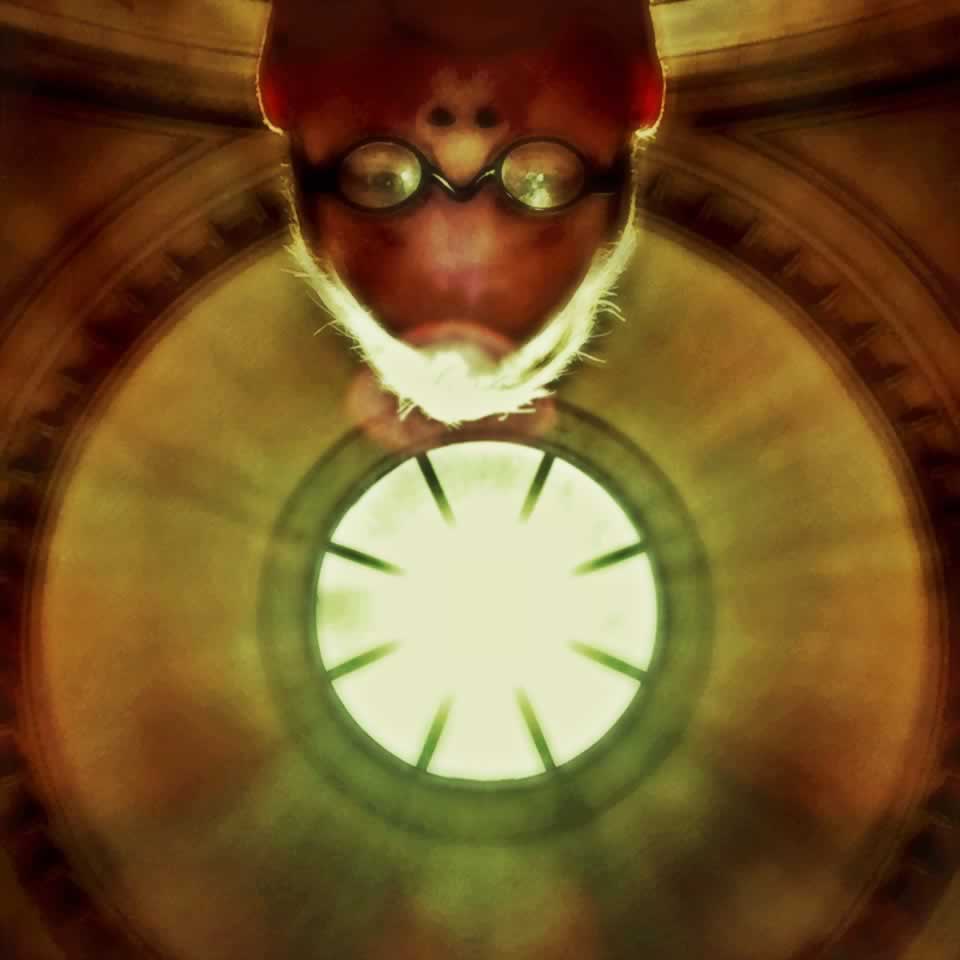
When I see things, invariably I smell them. When I touch things, I smell them. It’s a curiosity trait—it’s one thing to see things, it’s another to touch them, still another to taste them, or hear them. It might be said that the obvious jump is anatomical sensory bridge between scent and taste—since the scent of flavor is intrinsically tied to the holism of inhaled flavor experience, they’re intertwined. But imagining the color of scent is
another journey, and linking sound to fragrance, still another.
While unfamiliar, these are hardly unique propositions—as we’ll note.
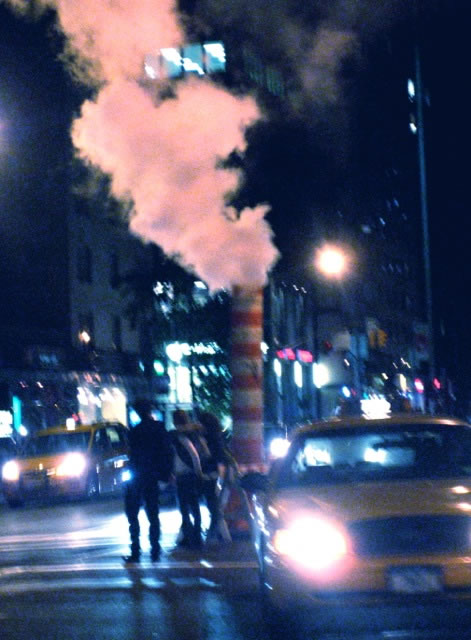
Sure, like a kid, I pick things up to see what they smell like. But, too—perhaps like you—I think of a color, a texture, perhaps a combination of imagery and color, its textural character and and it vibrates with the imagination of fragrance. The smell of color, and the sight of perfume. Or the sound of it—
“that perfume sounds like…”
There are a couple of references here—one, some earlier notes on Brian Eno and his admixture of sound and scent—his packaging collection of fragrance “notes” and how they influence his play in sound. Brian and his meditations:
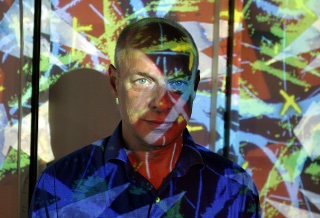
Image Copyright, Apple Computer, Inc., © 2008, all rights reserved.
A synaesthetic meditation:
“Humans are capable of a unique trick: creating realities by first imagining them, by experiencing them in their minds. When Martin Luther King said “I have a dream…” , he was inviting others to dream it with him. Once a dream becomes shared in that way, current reality gets measured against it and then modified towards it. As soon as we sense the possibility of a more desirable world, we begin behaving differently – as though that world is starting to come into existence, as though, in our minds at least, we’re already there. The dream becomes an invisible force which pulls us forward. By this process it starts to come true.
The act of imagining something makes it real.”
Brian Eno — from the Board messages | The Long Now.
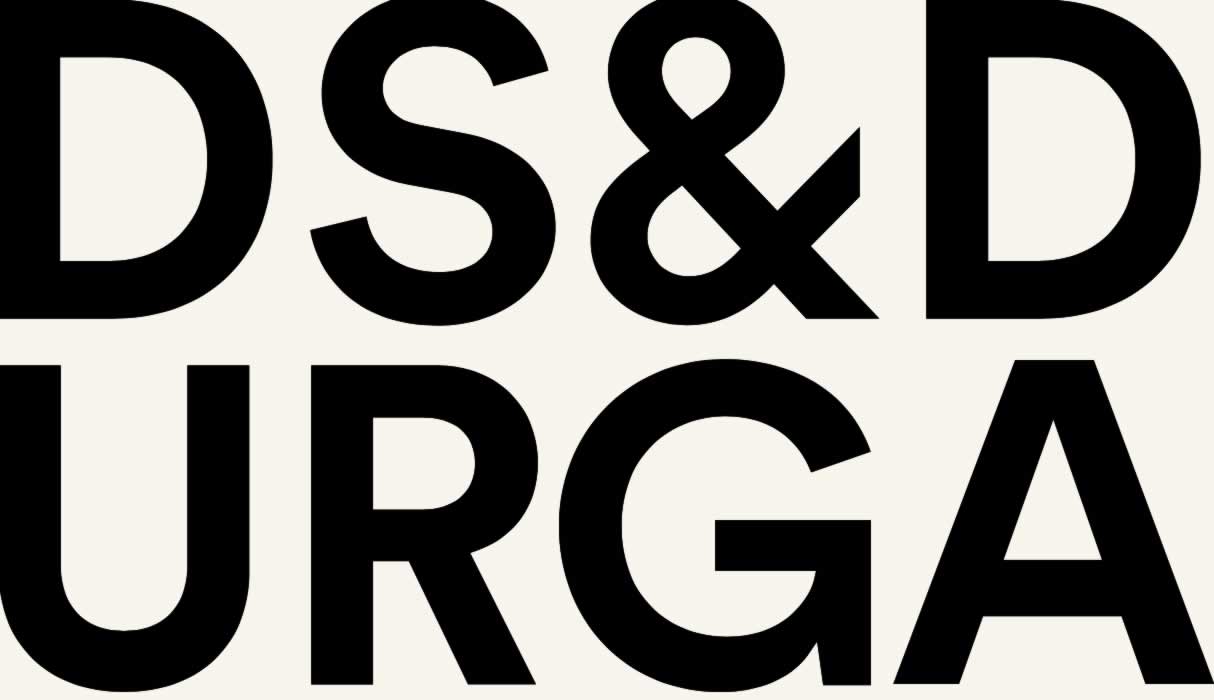
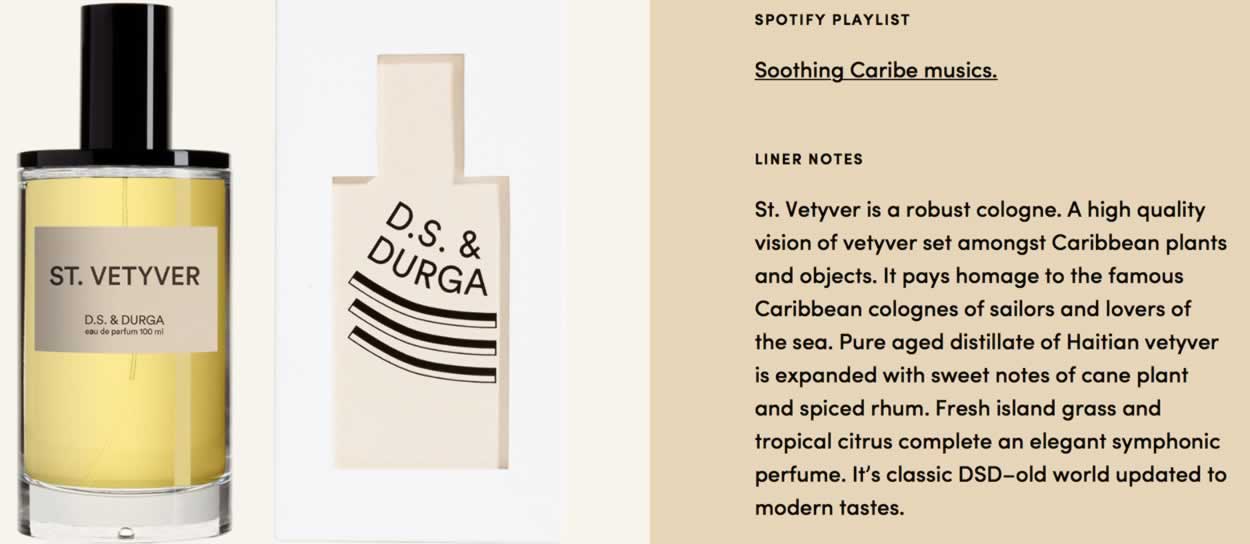
When I look at things, I’m thinking about scent and feeling. Here, I read cinnamon, turmeric, saffron—scents and tastes, intertwined in the moment.
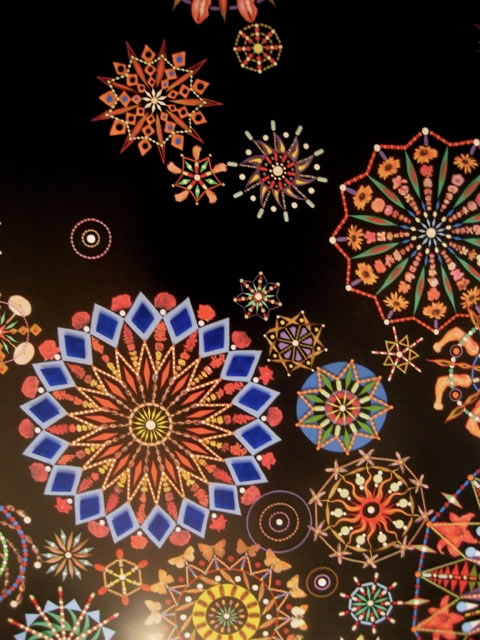
Of course, here, I smell heat, the inside of a Tibetan temple compound, I hear breeze, and I listen to murmurings—and the taste of copper in my mouth.
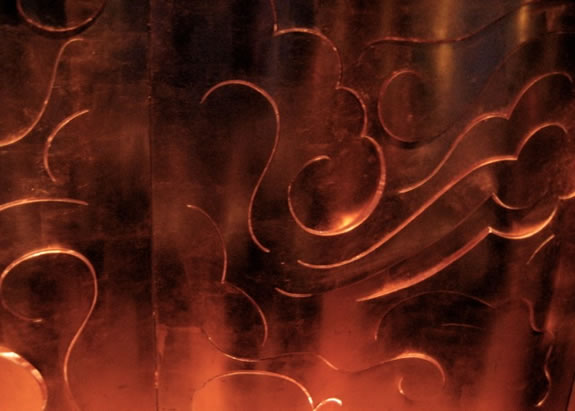
Smelling old books, diaphanous overlaid tissues, spider spaces, the creak of dust and the misted light of dark librarial collections.
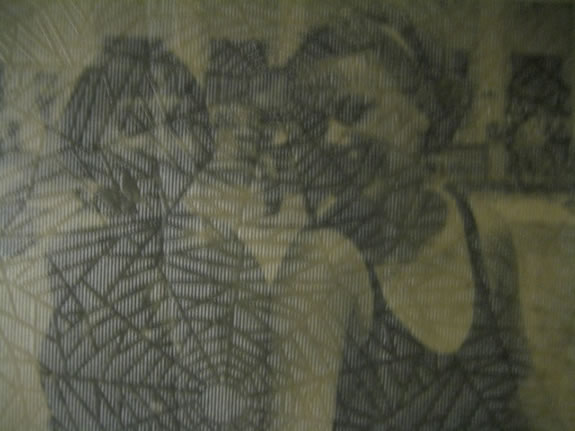
Who can’t smell rust, or taste the age of metal?
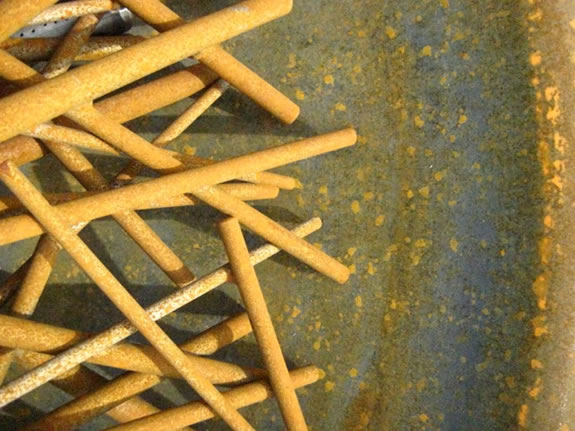
Hot rocks—and grey: smells like hot concrete, with a splash of water simmering on their surfaces–lake water smells like the lake that it is: glacial, craggy, urban, rural, fast, slow, shallow, or deep.
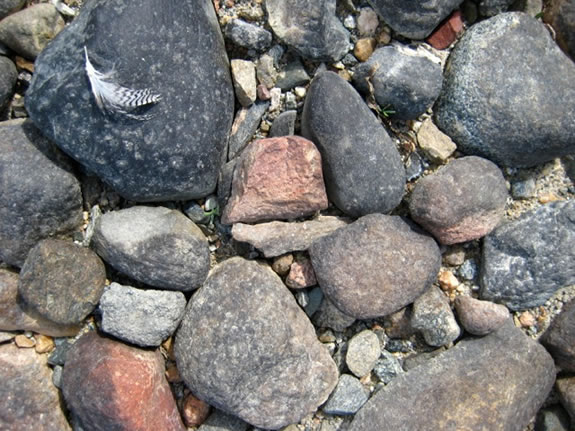
And a primordial scent for me—ink and pigments, which each have their own character. Even ground gold has a textural flavor, sprinkled in baked goods and lilting in precious saké.
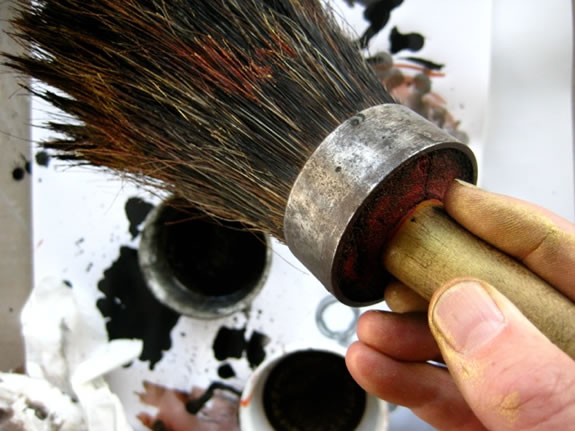
And the metallic scent of titanium dioxide,
spattered and dusted, tasting of chalk.
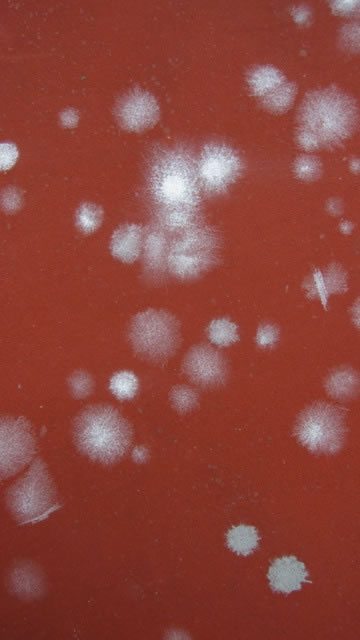
Carving and marking stone has a mineral dustiness to it, like deep earth; and marks in and on stone, with their sprinkled cracked particulates comes close to a scent of ignition,
which catalyzes the scent of fire.
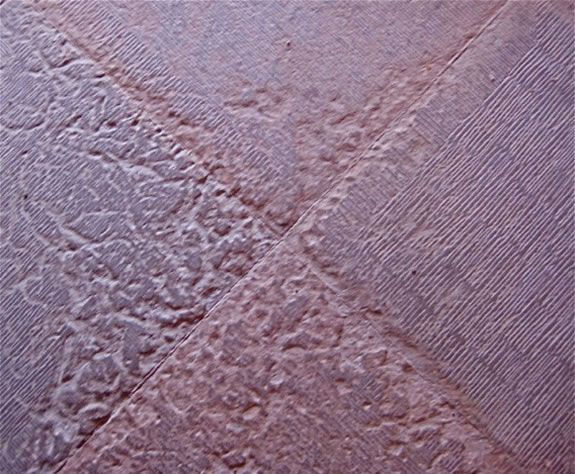
Wood carving and sanding work invariably speaks of the taste of the wood itself; which could be the hardened crispness of oak, the balsam of Sitka spruce, the perfume of cedar or the resinous spit of pine.
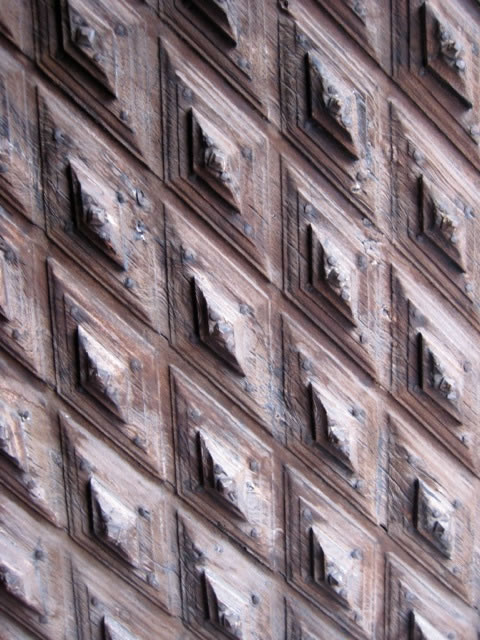
Cold iron and lichen—there’s a scent there, and there’s a bloody taste to iron.
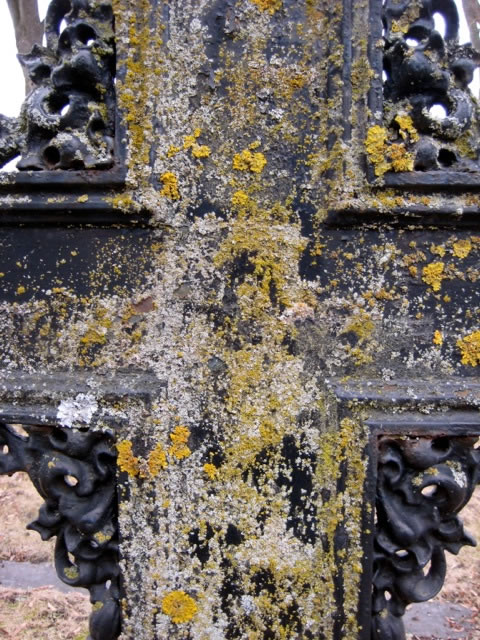
When I see this, I think of vetiver and hay, I taste grain and straw.
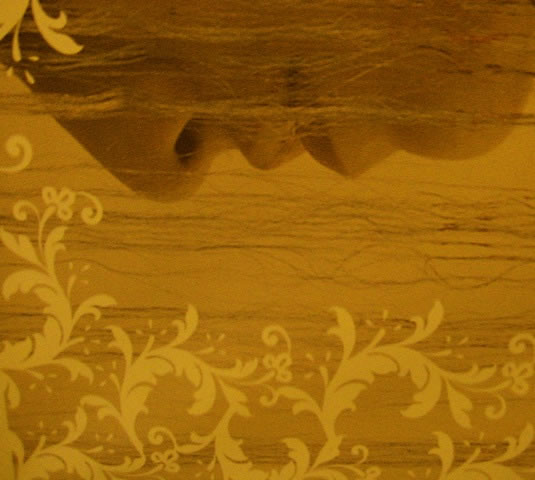
Have you ever fallen in the winter and bitten the ice at your feet? With the swipe of your face over the surface of an ice fall, whether by misplaced ice skate or a poorly struck and followed hockey puck, you land down, face first, there’s a scent to the ice in a rink; but so too: another scent and taste in a frozen forest field, or the ice near the sea, or for that matter, swamp pond.
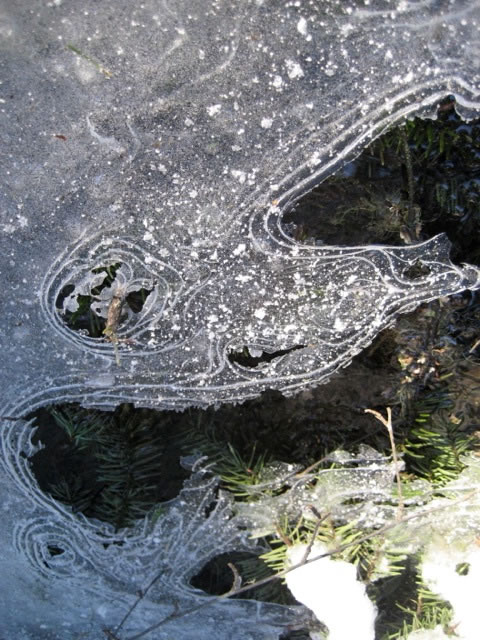
Of course you can smell heat—could be sunlight on anything from sand to concrete, from aluminum to canvas—the smell and the taste, comes to mixed memories and mind.
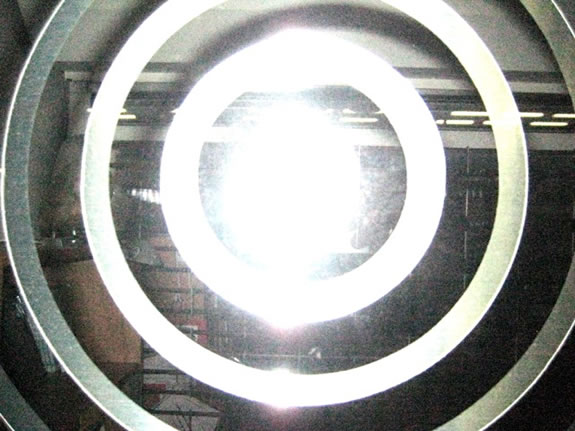
Snapping a chalkline in a construction site, there are all the scents of building. And too, the materials that are being used, the character of the wind volume—is there a breeze, since if there is, there are scents that emerge in the sightline of the construction site itself, which could be grease, turned earth.
Even gasoline has a taste. Tar.
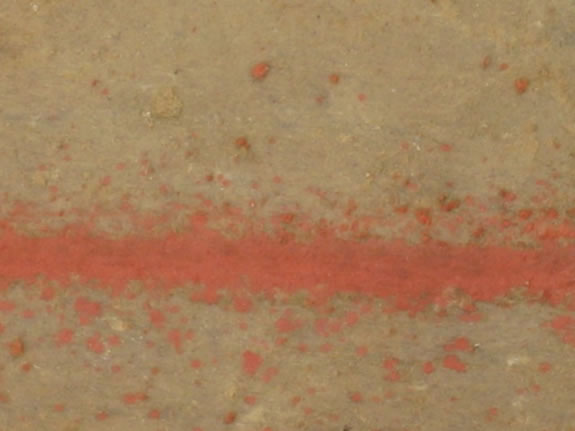
If you get close to hammering metal, the scent of the strike, on iron or steel, creates a sight, and so too, scent and taste. Not that I’m suggesting that everyone gets that close to smelling—or tasting—hammered iron. But I do.
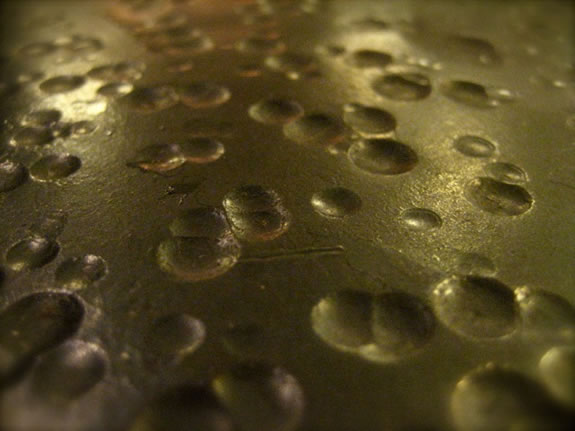
And what of black ink? Sure, I’ve tasted it, putting a brush ferrule in my mouth as I move a piece of paper—the ink’s scent wafts into my nose, the blackness creeps to the edge of my mouth, and I get the hearty carbon scent and the smack of an earthy organic clang, deep and root bound.
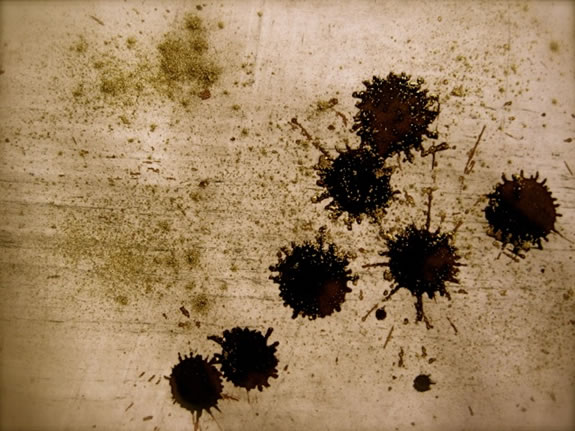
Drawing on glass, using cutting tools, you can smell the crystalline cuttings of the particles, splintering, hitting the nose like holly leaves. And taste; you can imagine it.
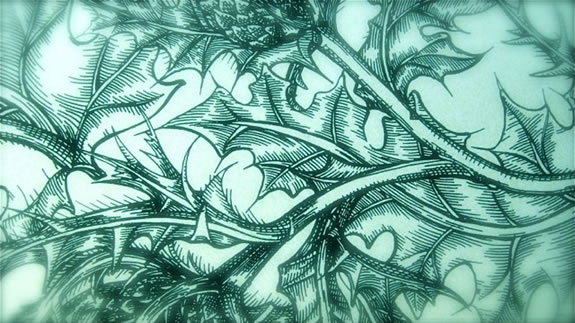
Touching a crystalline surface, clearing the surface of dirt and dust, prickling the fingertips, there is a glassy, hardened mineralized fragmentation. You can smell it, likely—there’s a taste.
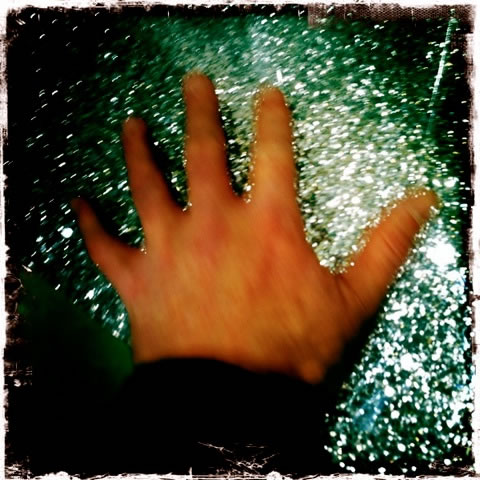
Soft light, luminous and gauzy, I smell haze, which could be the mist and fog of the surrounding character, I smell heavy air and taste the color of uncertainty.
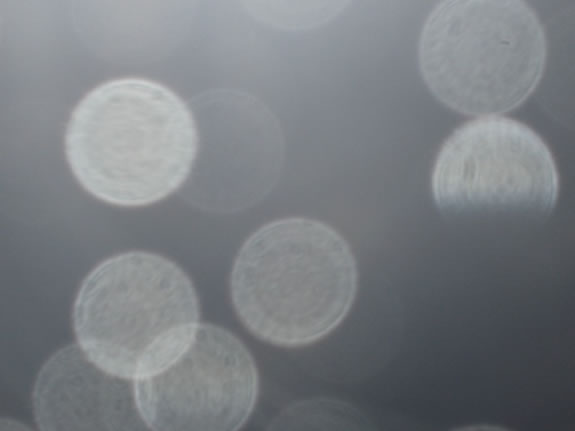
Green light, forested or built, I smell and taste oxygen.
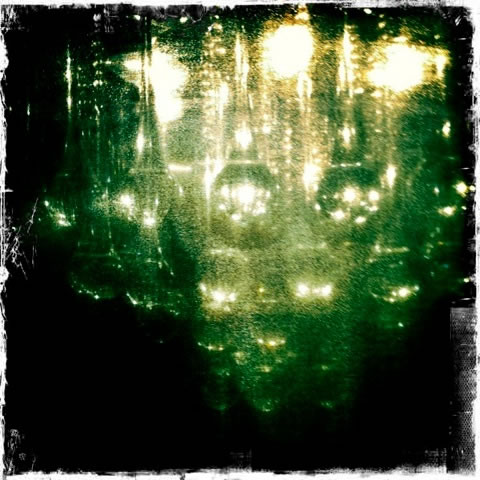
I drew this in an old journal, I can smell the paper and the scratching of the ink, in the stock—ink, paper, the heat of the light source underneath the journal, a large light table, which wafts the essences of the stock and ink to my nose and eyes, and sense of taste merges them together.
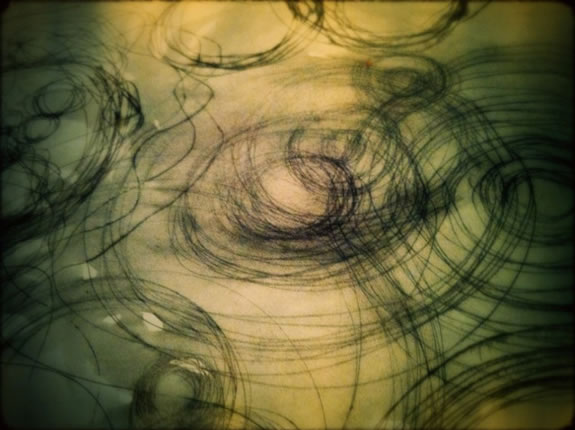
Baked glass, with scribed pigments, the sweltering mix combines to form a synæsthetic impression. One sensation is crossed to another.
As a designer, thinking cross-aesthetically, motion and emotion becomes meaning and memory-ridden; it’s not just how it looks, but more so, how could it feel, smell, taste, be heard—
and of course, be seen and touched?
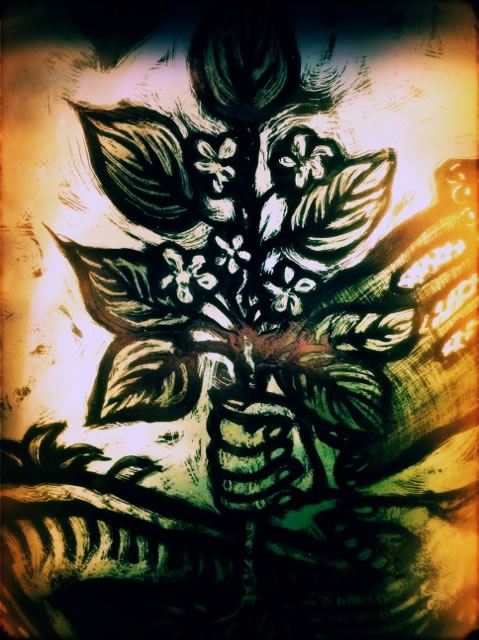
When you see something, does a scent come to mind?
Sensing synaesthesia—the sensation of perfumed visualization.
For a long time, we’ve been fascinated by the idea of hearing color, tasting sound, touching scent — the notion, rather the condition, the syndrome of synaesthesia.
While the condition is rare, the crossing of senses comes to the
richness of holistic experience –
and the poetry of intermingling.
Such is the real impression of UX—when you’r designing a user journey, how to, the meaning of the way—and how that might be examined as a sensical layering—one, leads to another as in any journey is whole, it’s just what you’re looking at: sensing in that journey, whether digital or a built environment.
I’m reminded of a kind of sense based sequencing in one of Malle’s interpretative labs—which, by now, could be abandoned. Still there is a lesson there, in thinking beyond one sense to capitalize on others—all together.
Now.
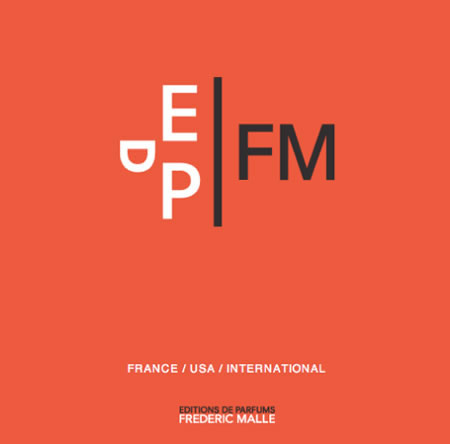
We feel like we have that syndrome,
which reveals itself in dreams,
or the dreaminess of the present reality —
where the sensing of experience flutters
between the layers of sensation —
an intermixture, an amalgam occurs.
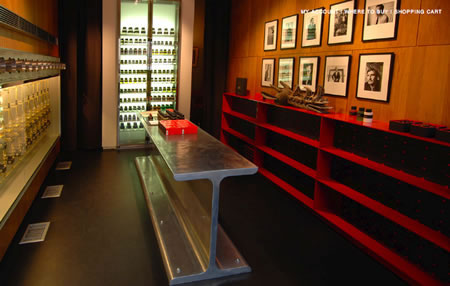
It has to be just right — but it does happen — a touch reveals a sound, taste becomes a hearing — color = scented perfume. You might’ve experienced that, too.
A note from our friends at PSFK shares that telling in another that we admire, have written about, gifted and collected: Frederick Malle. We wrote about him here — in a tour with another perfumer, organic fragrance artist Amanda Walker, from NYC.
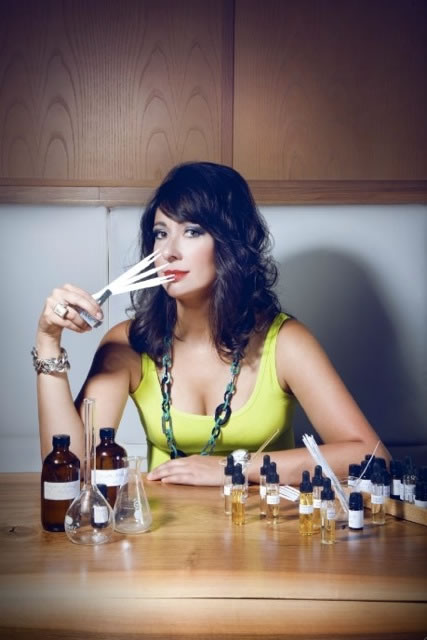
She and I met there,
at Malle’s NYC studio,
to explore his world—back then.
Malle scent chambers,
NYC
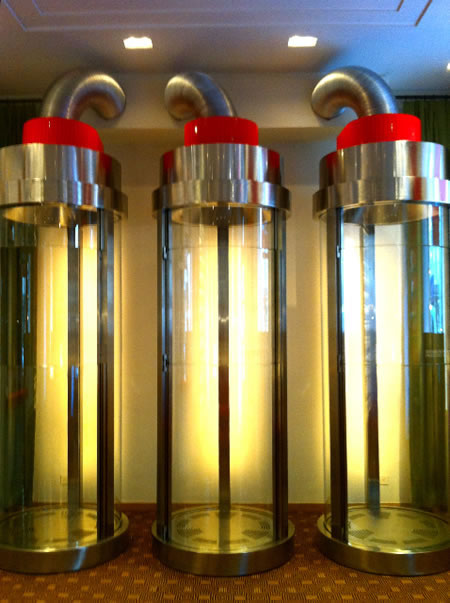
See the notes on Malle’s synaesthetic approaches to perfume, design, colour interpretation and packaging, here:
frederic-malle-perfume-video
TIM | COPALIS BEACH GIRVIN
––––
EXPERIENCE DESIGN
STRATEGIES | BRAND, STORY & PERFUME